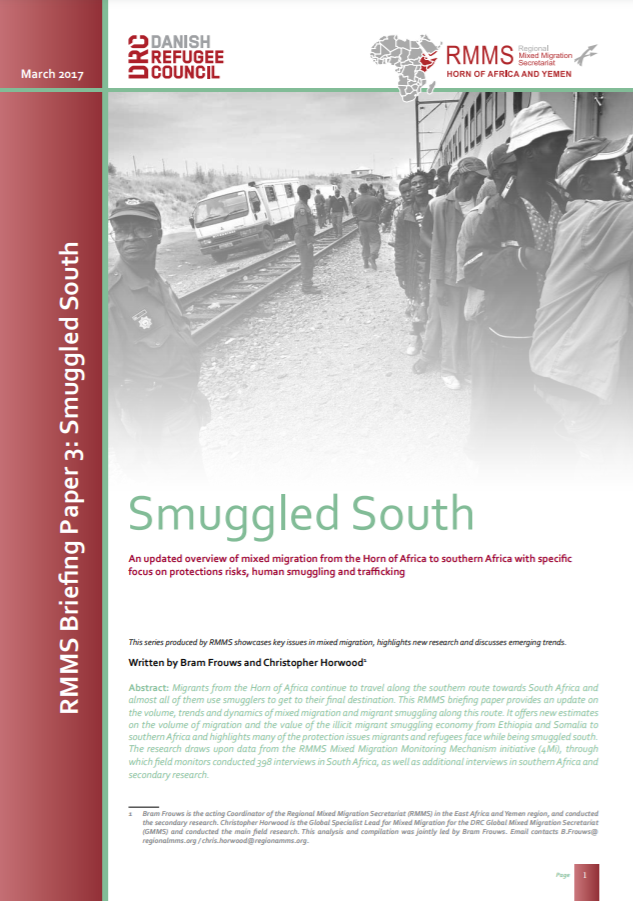IOM Case Data Analysis Human Trafficking

This analysis is based on IOM’s caseload and excludes the hundreds of victims identified and assisted by other partners in Cox’s Bazar. Therefore, the trends described were compiled from Rohingya who were directly assisted by IOM. The trends provide some insight to the current trafficking context affecting the Rohingya but do not indicate the prevalence of human trafficking in the district. Human trafficking is a crime that is often underreported for many reasons including but not limited to lack of general awareness on the complex dynamics of human trafficking, the services available for victims, the verbal, physical and psychological coercive tactics used by the trafficking network, and stigma and discrimination against victims.
Country
Bangladesh
Region
Asia
Pacific
Year
2019
Category







